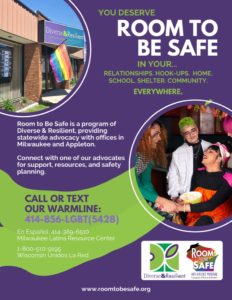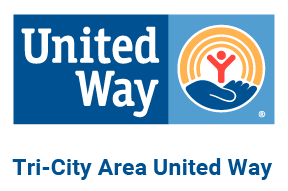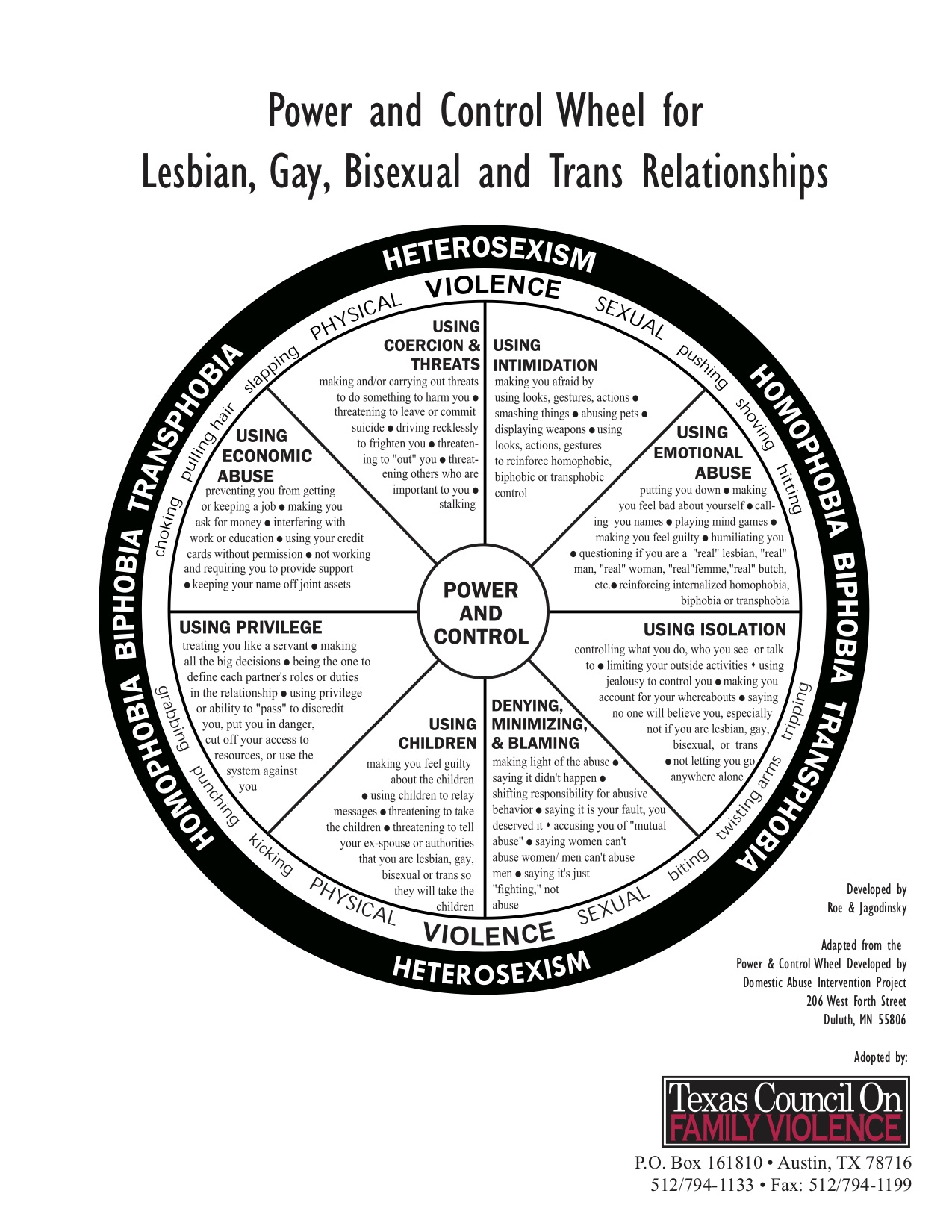Inclusive Services – LGBTQIA+
Rainbow House serves and shelters all survivors of Intimate Partner Violence, regardless of age, religion, or political belief, socio-economic status, color, ethnicity, national origin, gender, sexual orientation, or gender identification. Do you need help? Just call. 715-735-6656.

Understanding Sexual Violence
Sexual violence happens in every community.
How you understand and talk about it matters. Become an agent for change by using your voice to shift how others think about and react to this critical issue.
What is sexual violence?
• Sexual violence is any type of unwanted sexual contact – including sexual assault and rape.
• This can include words and actions like sexual harassment, catcalling, and nonconsensual sharing of private images such as “revenge porn.”
Sexual violence impacts everyone
• Nearly 1 in 5 women and 1 in 67 men in the U.S. have experienced rape or attempted rape some time in their lives (Smith et al., 2017).
• Anyone can experience sexual violence, including children, teens, adults, and seniors.
Victims often know the person who sexually assaulted them
• People who sexually abuse can be family members, friends, romantic partners, or other trusted individuals.
• They may use coercion, manipulation, threats, or force to commit sexual violence.
Victims are never to blame
• It doesn’t matter what someone was wearing, how they were acting, if they were drinking, or what type of relationship they had with the person who abused them.
Sexual assault is often not reported
• A person may not report what happened for many reasons, including:
– Concern they won’t be believed
– Shame or fear of being blamed
– Fear of retaliation
– Pressure from others
– Distrust of law enforcement
Healing and justice look different for every survivor
• A survivor may or may not choose to move forward with the criminal justice system.
• Healing is an ongoing process. Everyone heals in their own time and their own way.
You can support survivors
• Chances are you know someone who has experienced sexual violence even if they haven’t told you.
• They are listening to how you talk about the issue, and hearing that you understand and believe survivors may help them feel safe.
Embrace Your Voice
• Sexual violence thrives when it is not taken seriously and victim blaming goes unchecked.
• Your voice is essential in setting the record straight on sexual violence.
Smith, S. G., Chen, J., Basile, K. C., Gilbert, L. K., Merrick, M. T., Patel, N., … Jain, A. (2017). The National Intimate Partner and Sexual Violence Survey (NISVS): 2010-2012 state report. Retrieved from the Centers for Disease Control and Prevention, National Center for Injury Prevention and Control: https://www.cdc.gov/violenceprevention/pdf/NISVS-StateReportBook.pdf





